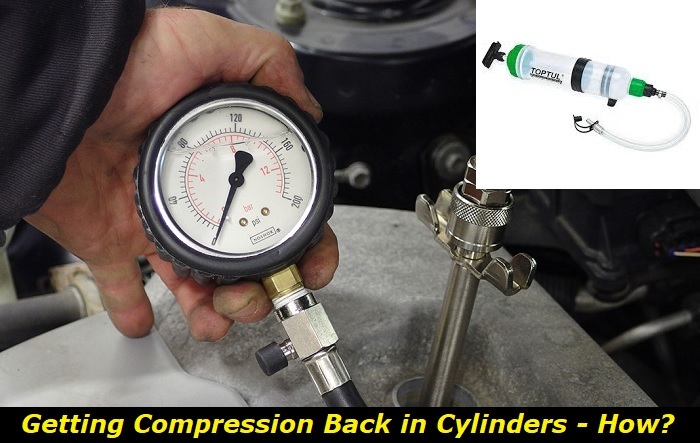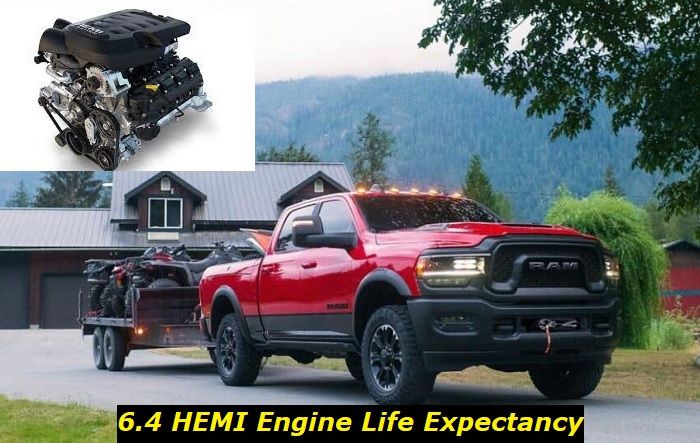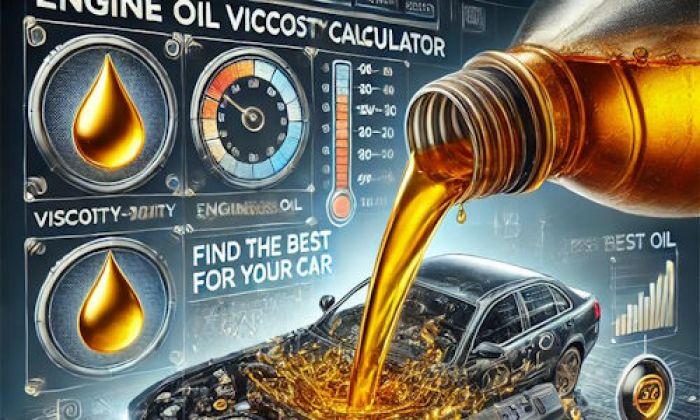No compression in the cylinder is pretty an unpleasant experience for any car owner. When the engine has no compression in one cylinder, it will work harshly and lose power. But when the compression is absent in all cylinders, you will not be able to start it and the cranking sound will be unusual - very smooth and monotonous.
Compression problems highlights
- Level of importance:Medium
- Commonreasons:No oil film, worn-out compression rings, valve issues, cracks, head gasket issues
- DIY inspection:Possible
- DIY repair:Sometimes, possible
- Price for repair:$10 - $2,500
- Can you drive?Only if the engine starts
- Ways to fix:Inject oil into cylinders, check head gasket, check valve system, check compression rings

Why and how has your engine lost compression?
In short, compression is needed for the engine to operate correctly. This is the pressure that the piston creates in the combustion chamber when the piston goes up and compresses the air while both intake and exhaust valves are closed. Compression is created when the combustion chamber is properly sealed and isn't leaking.
If the air leaks through the valve or through the piston, for example, the compression will not form at all or at least will be much poorer than it should be for proper engine work. Hence, the engine won't work properly, will misfire, operate harshly, vibrate, lose power, and maybe even throw some error messages and the check engine light.
Here's why it may happen:
- one of the valves is leaking because of not closing properly;
- the piston is cracked and the chamber is not pressurized;
- the block or the head is cracked;
- there is no oil film in the cylinder block;
- the compression ring on the piston is worn out;
- the head gasket is broken and leaks air from the chamber;
- lifters failure can lead to improper valve adjustment;
- the timing chain or belt might have jumped one tooth.
This is not the entire list of problems that can cause low compression. Very often, it's caused by a worn-out engine that just needs overhauling or even replacement. But, in some cases, you may still repair the engine and get the compression back.
Driving your vehicle with low compression in one or several cylinders is not recommended. The harsh work and detonation inside the engine may hurt it and eventually lead to even worse damage. It's always better to repair the engine immediately and avoid driving it with a problem.
How can you get the compression back in the engine?
I will be talking about one easy way to try and get the compression back and then several more technical ways. Remember that unless you have the proper experience, you shouldn't try to repair the engine on your own. This is not going to work - you will need a lot of specific tools and knowledge to even diagnose the engine, let alone repair it.
So, here's what you may try to do with the engine to get it back on the roads:
1. Crank it longer to let the oil lubricate the cylinder walls
This is one of the methods that will let you bring the engine that has been sitting for a long time back to life. And this is one of the easiest ways to deal with the problem of no compression.
Of course, this will only work in those cases when the engine is entirely healthy and the only problem is that there is no oil film in its cylinders. This happens, in most cases, when this engine has been sitting for more than a month or two without even being started.
When you try to start such an engine, you will not hear a proper cranking sound. Instead, it will sound monotonous and won't start. But if you keep doing this for about 4-5 minutes, you may see that the engine starts sounding more like normal.
Some things you should pay attention to:
- in modern vehicles, the ECU may block the engine due to long cranking without success;
- you will obviously need to charge the battery or use a booster for this;
- a successful start may also require some petrol injected directly into the throttle.
But, in most cases, just keep cranking and see if it helps. After 5 minutes, if nothing changes, you may give up this idea and keep on searching for the problem that causes this no-start and no-compression issue.
2. Add oil to cylinders through spark plug wells
It sounds like a crazy idea but it actually works. One of our friends who is an experienced engine mechanic told us about this method.
So, if your car has been sitting for a long time and now there is no compression in the engine, you may need to create the oil film in cylinders. For this, just do the following:
- take the ignition coils off the plugs;
- unscrew the plugs and get them out;
- take a mid-size syringe and suck some oil out of the oil canister with it;
- inject a little oil into each cylinder using spark plug wells;
- the oil will get directly onto the piston and then will lubricate the cylinder walls;
- after that, the piston rings should work properly and create compression.
Make sure you add enough oil to lubricate the cylinder walls. But too much oil will also create problems with starting. Some excesses of oil will burn out once the engine starts, so don't worry about that.
Now, this may be a problematic task for boxer engines in Subaru cars, so this will work best with traditional inline and V-shaped engines with head or heads above the engine block.
After you do this, put the plugs and coils back and try starting the engine. You will still need to crank it for about a minute till all cylinder walls are well lubricated. After that, it should start.
If it doesn't start and there is still no compression, you should move further.
3. Engine head problems
If this is the case, you should pay attention to the valves. They may leak some pressure out of the combustion chamber by opening and closing at the wrong time or just by closing incompletely. This may be because of the carbon buildup which is a normal thing for any direct-injection engine. But the variety of problems is immense.
I won't focus on this much because there is nothing a person without proper qualifications can do with this. Even locating the issue will be a problem for you.
But you should know that in most cases, a problem with a certain valve will cause no-compression issues in one cylinder only. So, the engine will work harshly and misfire but it should still start and use the rest of the cylinders.
All valves can malfunction when the timing is off due to improper installations or stretched belt or chain. Also, the engine may be fatally clogged with buildups and require cleaning.
4. Engine block problems
If you've already checked everything but still couldn't locate the reason for the no-compression problem, it's time to move to the block. The engine block can have numerous issues like cracks, holes in pistons, worn-out compression rings on pistons, worn-out block, etc.
Usually, these problems happen with high-mileage engines that have already covered over 200,000 miles and are ready to pass away. But even old engines often can be repaired. Rings replacement, for example, won't cost a lot for parts but will require expensive labor. Even replacing the pistons is not a problem for a good mechanic.
But when it comes to problems with the engine block, you will not be able to repair the engine at low costs. Block replacement will cost you as much as the new engine and worn-out blocks, most commonly, can't be repaired. The majority of blocks are made of aluminum and they just can't be prepared for other piston size or polished to work some more time.
When your block is cracked or just extremely worn out, the most reasonable option is engine replacement.
Final thoughts
Engine compression is extremely important and it ensures that the unit works effectively and delivers all the claimed power to the wheels. If compression deteriorates in one or several cylinders, your engine will misfire, work harshly and ineffectively. If the compression is zero in all cylinders, the engine will not start and even the usual cranking sound will change to some strange monotonous buzzing.
I've shown you several ways how you can deal with the problem and told you what will happen if the reason for your issues is the block failure. Unfortunately, engine repair is almost never cheap and quick, so get ready for some repair marathon with bad costs and a lot of time spent in a repair shop scratching your head in thoughts on what to do.
About the authors
The CarAraC research team is composed of seasoned auto mechanics and automotive industry professionals, including individuals with advanced degrees and certifications in their field. Our team members boast prestigious credentials, reflecting their extensive knowledge and skills. These qualifications include: IMI: Institute of the Motor Industry, ASE-Certified Master Automobile Technicians; Coventry University, Graduate of MA in Automotive Journalism; Politecnico di Torino, Italy, MS Automotive Engineering; Ss. Cyril and Methodius University in Skopje, Mechanical University in Skopje; TOC Automotive College; DHA Suffa University, Department of Mechanical Engineering






Add comment